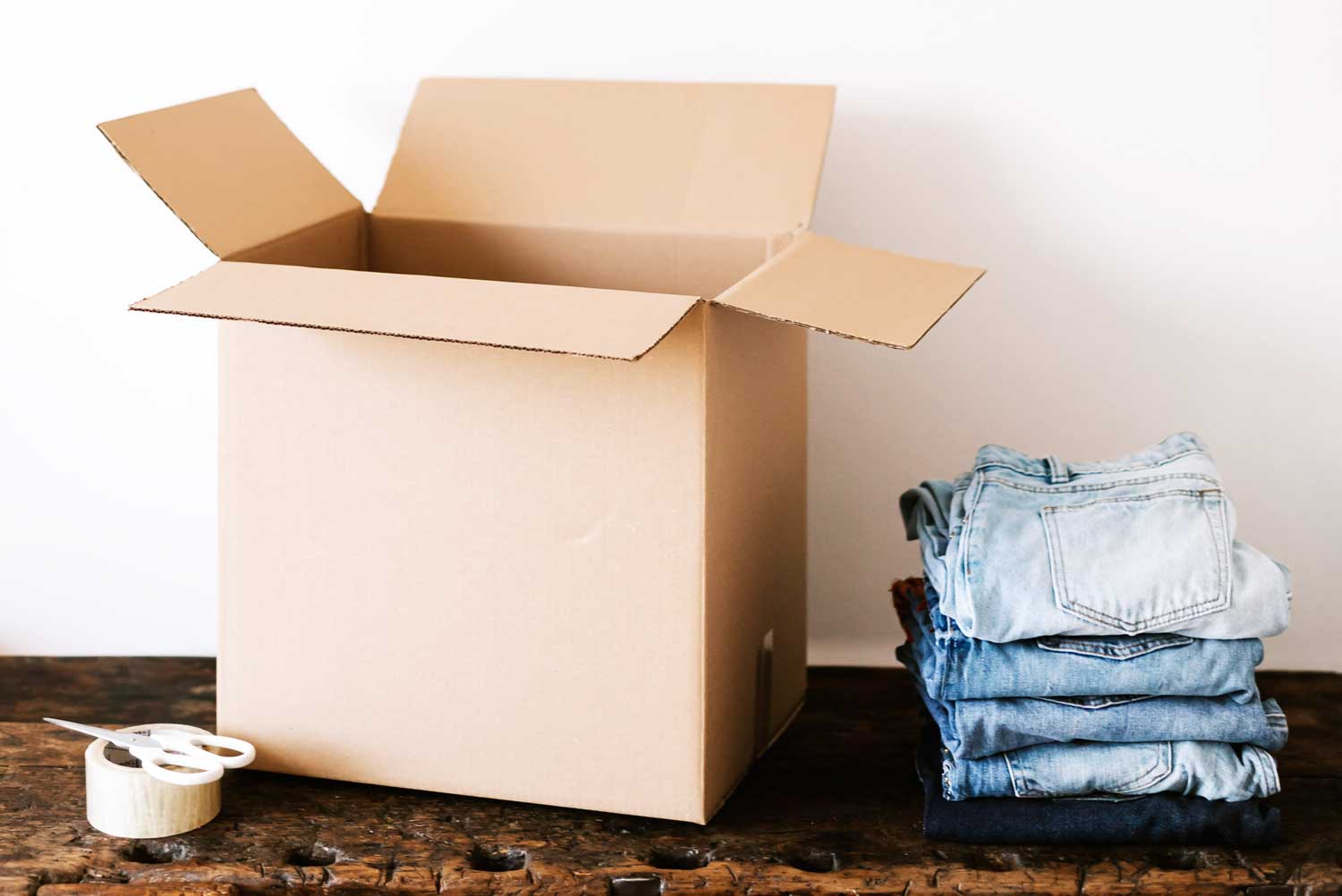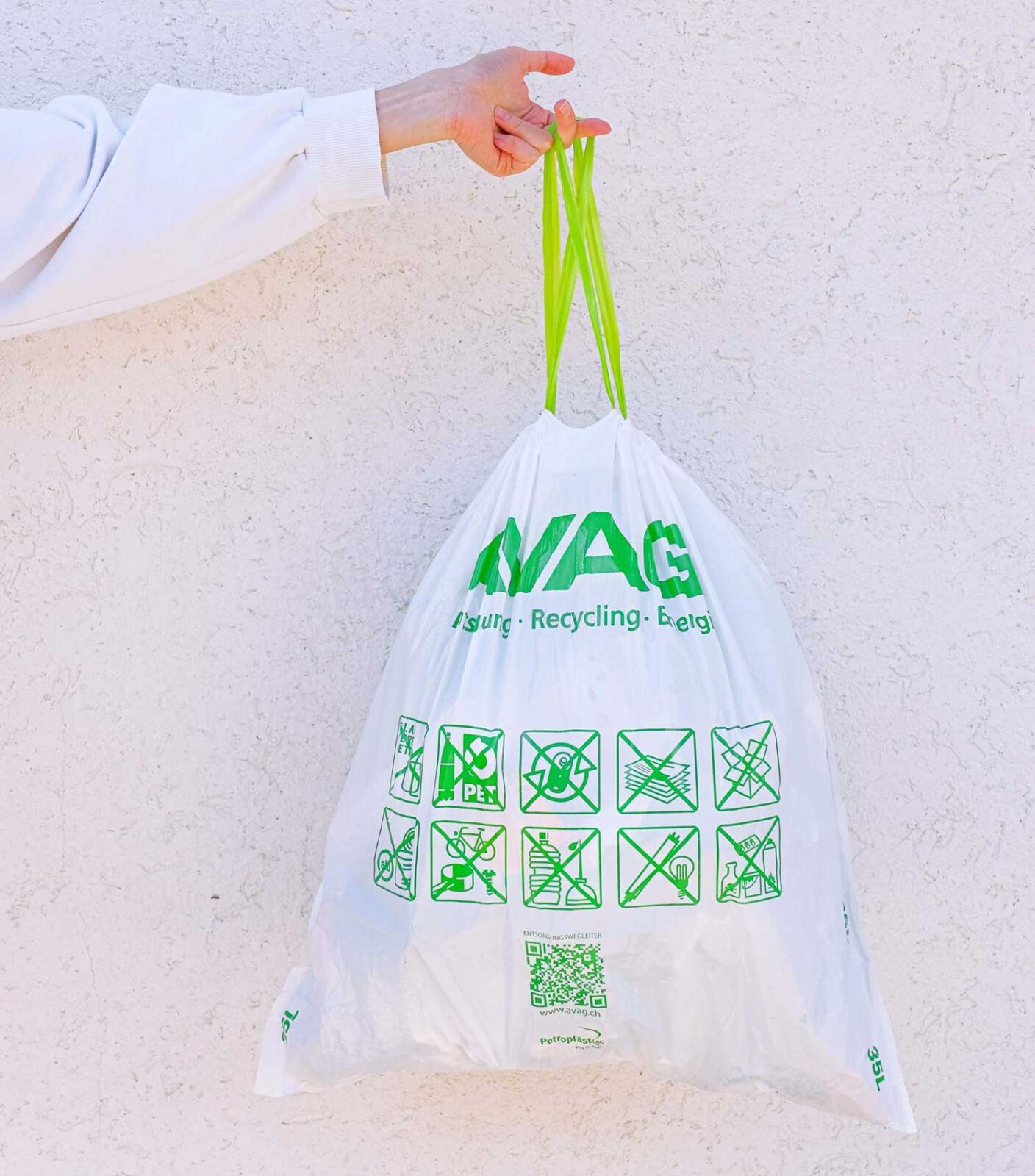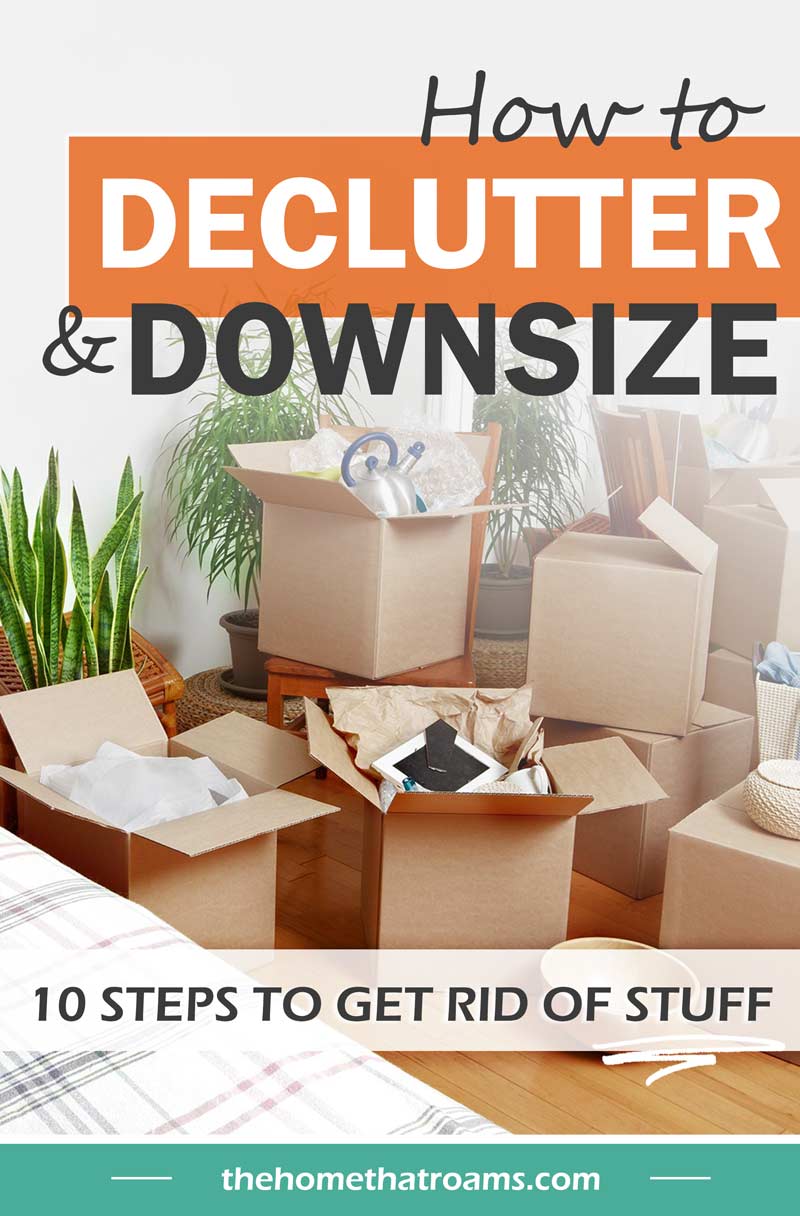How to Declutter & Downsize Your Stuff
As an Amazon Associate, we earn from qualifying purchases. We also earn from other affiliate websites. See our full disclaimer.

10 Tips to Radically Downsize
There’s no secret formula to how to downsize your belongings. To declutter and downsize is an emotional, time-consuming process that’s a little different for everyone.
It’s also a gratifying process. One that can open the door to new experiences without the weight of ‘stuff’ holding you back.
Below you’ll find ten tips that are crucial to downsizing your things. A big downsize doesn’t happen in a week or even a month. Get ready to start planning, organizing, and heading down an incredible path to changing the way you feel about material items.
Our Start to Downsizing
Downsizing from 1,100 square feet (plus garage) to an RV and then a sailboat was overwhelming.
I know what you’re thinking. 1,100 square feet isn’t a huge space. But our condo was designed for storage. From the giant mudroom to the custom shelving, the storage space was the main reason we bought it.
I thought I was clever living in this small space with all my unused stuff so well organized. Then we committed to selling our home, decluttering our stuff, and squeezing what was left into two vehicles for our trek from Colorado to Texas. Yikes.
Our mission to downsize our belongings in 18 months was a hefty goal. Here are our ten tips for creating critical systems and good habits to keep you moving toward your goal.
1. Start Decluttering Today
When you decide to downsize your stuff, it can bring about some radical changes. This makes a hurried approach emotionally draining.

Start early and give yourself a longer timeline. With some items, you’ll find that weeks and sometimes months are needed to get to the root of your attachment.
Understanding your relationship to items allows you to make qualified decisions on their future.
More time equals more confident decisions decluttering your stuff. In turn, the downsizing process becomes easier and a whole lot less stressful.
PRO TIP: Start to downsize your stuff at least a year before moving. This will allow you to sell your seasonal items when you can maximize profits.
2. Get Organized
Notebook. Spreadsheet. App. You’ll need to decide on a method and start organizing your thoughts.

First, find a system for sorting items you plan to part with. You can sort by category, room, or another method that is intuitive to you.
Choose a tool for tracking. You can use Excel, a list app like Things, or even the Apple Notes app.
Include what avenue you will use to sell or donate the item.
Make notes. Do you want to consult friends or family first? Does the item need cleaning? Is it seasonal, and should it be listed in the spring?
PRO TIP: Sort what you are keeping versus parting with. It is beneficial to have a list of the “keepers” to see how much stuff you will have when you finish. It also highlights items that are the most important to you.
3. Declutter the Easy Stuff
Many of us have a room or garage full of stuff we meant to get rid of. We just haven’t had the motivation, time, etc., to get it done. List these items that have been piling up first.

When we got serious about downsizing, we hit the garage first. All the furniture we had been hoarding since our last move was finally going to get a new home.
Clearing out the garage (and selling larger items) proved to be a great kick start to the project. It wasn’t emotionally stressful since the decisions were already made. We knew we didn’t need this stuff.
As a bonus, getting rid of the furniture gave us a significant addition of space immediately. In turn, we gained a motivational boost to continue the purge!
PRO TIP: When you’re getting started, try to sell things that don’t take a lot of prep work. Items that are easy to photograph, in condition to sell, and aren’t too complicated will get you off on the right foot.
4. Downsize Sustainably
One of the biggest roadblocks to downsizing is the realization of the waste created in the process.

Ross is always bothered by throwing things away. Especially things that haven’t been used.
He imagines the whole process. An item churned out in a factory, crossing an ocean to get to the U.S. Shipped from a warehouse in a cardboard box. Only to be minimally used and trashed.
Downsizing sustainably will add good vibes to your process. And the environment will be better for it.
The number one rule here is to not think of the thrift store as a dumping ground for your stuff. Items bound for the thrift store should be things you would buy again, not things you don’t want to deal with.
Starting early (tip number one) is your biggest ally. Take time to research the best way to dispose of things. Start with ways to sell items, then work toward recycling or repurposing.
- Sell books and DVDs to Amazon or Decluttr
- Consign clothes and furniture
- Donate old towels or blankets to an animal shelter
Do your research and stay organized.
Sell things in a local Facebook group or use apps like Offer Up. I always considered it a win if we kept stuff out of the dumpster.
PRO TIP: Sell locally and meet your purchasers when it makes sense. One of my favorite things about downsizing was arranging a meet up to sell to people. You get to see the look of happiness and excitement on their face when they buy your stuff. It gave a positive vibe to our downsizing process, usually when we needed it most.
5. Make a Plan for Future Purchases
While your focus is on getting rid of stuff, don’t forget to plan for anything new entering your home.

Slow the Intake of Items Into Your Home
To keep unwanted items from entering your home, you’ll need to reset your consuming habits. Try the below to get started.
- First, think about doing a shopping ban. Try going 30 days without buying anything that isn’t a necessity.
- Start keeping a list of things you want to buy. Examine each item. Will it make sense in your new, downsized lifestyle? Consider what the item brings to the table.
Give yourself a couple of weeks to decide on non-necessity items before making a purchase.
Often I’ll end up removing items from the list a few weeks later after the desire for the new item has faded.
This might seem like a lot of work to make a purchase. But when you invest the time and emotional work to get rid of things, you’ll be happy to give the same effort to things coming into your home.
Be sure any new things are going to be functional or bring you happiness for a long time.
PRO TIP: When you find something you genuinely need to buy, use it as motivation to sell items. Make a deal with yourself that you can buy the item once you’ve raised funds selling things you don’t need.
6. Go Digital
Most of us still have some movies, books, and (dare I say) CDs lying around. Streaming services and digital downloads are your new best friend in downsizing. A decent amount of cloud storage will be ideal for moving physical photos and other paper to a digital format.

Moving to Digital
When we started talking about downsizing, we had already started down the digital path. Here are a few ways to avoid physical items and go digital.
- Move physical paper and photos to digital. Using OneDrive, Evernote, or the Notes app on the iPhone, you can scan and organize all your paper clutter online. See more on how to digitize and declutter paper.
- Sign up with a music streaming service. I recommend Spotify. My husband and I have entirely different tastes in music and can still use the same account easily.
- Purchase books digitally. Read on a Kindle or your mobile device. I also recommend Audible if you prefer to listen. Also, many libraries are starting to offer digital books.
- Purchase movies digitally. Whether you prefer Amazon or iTunes, digital movie purchases are easy these days. You can stream or download as long as you have space. We also downsized our DVDs by moving them to a hard drive.
As I’m sure you know, streaming services can add up. Research bundles and other deals and find a balance of value and price that fits your needs.
Selling Items After Moving to Digital
After saving everything we wanted to keep digitally, we began to look for ways to sell.
I ran all DVDs and CDs through the Decluttr app to see what we could quickly get money for. I also compared prices for books using bookscouter.com. Book Scouter lets you compare offers for books from a ton of vendors.
When all online avenues were exhausted, I found places to donate and recycle.
PRO TIP: Do you anticipate WiFi or data limit issues in your new lifestyle? Make sure your devices have enough space before committing to a streaming service. Downloading music and videos can eat up storage space quickly. I tend to download music to my phone and keep movies on my iPad to balance out the storage.
7. Consider Your New Lifestyle
When we decided to move on a boat, we had spent all of four days as liveaboards. Trying to downsize with only a faint idea of what we would find useful in our new life was challenging. Ok, it was a bit of a guessing game.

I decided to keep the majority of my bathing suits. Win! But I drastically overestimated my need for casual clothes. What I needed were swim leggings and tank tops.
If you’re downsizing includes a change of lifestyle, anticipate your needs as best you can. You won’t get it all right, but you can limit the surprises with a little research.
Consider how you’ll spend an average day. Where will you go, what activities will you do, what will the weather be like? I’ll ask you to think as realistically as possible.
When I was confidently packing those casual clothes, I was fantasizing about a glamorous life on a boat. Relaxing on the trampoline, wind in my hair, with a wardrobe embodying a Ralph Lauren ad. A spoon full of reality would have saved me some time.
PRO TIP: If you can chat with real people living the lifestyle you are striving for, you’ll learn a lot about what you need. Everyone is a little different. Talk to as many people as possible and use that information to make decisions based on your preferences.
For more on downsizing your closet check out How to Downsize Your Wardrobe and How to Be Ruthless When Decluttering Clothes.
8. Talk About the Hard Decisions Early
Talk to your family or spouse about sentimental items early in the process, and it will go much smoother. Don’t decide anything right away. Just start the conversation.

Whether it’s your grandmother’s dining table or your curated coin collection – it’s necessary to give everyone time to process the future of emotional items. The more time you have to process your feelings, the more confident you’ll be in the decision.
When rushed to part with something, it can be stressful – even if it’s the right choice. Often, it isn’t an attachment to the physical item but emotional confusion that plagues us.
Parting with a Special Gift
We had a wine rack Ross gave me for Christmas many years earlier. It was his first gift to me. A wine rack wouldn’t work on the boat, and it would take up a bit of room if we were to transport it to our parents’ house.
It was hard to think about parting with it at first. After many months of letting my subconscious work the problem, I was ok letting it go. We had enjoyed the wine rack for almost eight years. And it wouldn’t be functional any longer.
Loaded with our favorite wines, I took a picture of the wine rack to remember it by. I did this with other sentimental items, and it brings me smiles (not regrets) to look back on those photos.
PRO TIP: Start talking to family members and friends about large (or fragile) items you won’t take with you. You might find a loving home where you can visit them or reclaim them at a future time.
You might also want to check out How to Downsize Sentimental Items.
9. Set Goals for Your Downsize
Throughout this process, you will need small victories to stay motivated.

Whether you decluttered a closet or took inventory of items in your kitchen, take time to celebrate. Downsizing is a long process. It’s important to recognize the smallest achievements.
As an example, I had the following goals:
- List four items for sale (eBay, Facebook marketplace, etc.) – Weekly
- Take twenty pieces of clothing to consignment – Weekly
- Donate one bag or box – Monthly
Make sure you have designated spots to collect items to sell and donate. I used a hall closet for clothing I wanted to get rid of. The spare room is where I would keep a box for donations.
Having an organized process kept me engaged, aiming to check those items off the to-get-rid-of list and open up more space in our home.
PRO TIP: Get your partner and/or family involved. Talk about the goals in daily conversation. List them on the fridge or by the door, so everyone is aware and contributes each week.
10. Remember Why You’re Downsizing
Find a way to remind yourself why you are working your butt off to downsize. Whether it’s to save money, make room for a new addition to your family, or to live an alternative lifestyle.

Make this process more enjoyable by keeping the outcome front and center.
When we were saving to buy our boat, we would take time a few nights during the week to watch sailing videos on YouTube.
It was motivating to see other people living the lifestyle we were striving for. It kept us pushing ourselves toward our goals.
PRO TIP: Your motivation can be as simple as something on a whiteboard or a background image on your phone – get creative!
Benefits of Downsizing
Stumbling through a big downsize was one of the most freeing challenges I’ve ever undertaken. Starting to simplify and get to the root of your relationship with things are all part of what drew me to living with less.
All this creates more time, more money, and less stress. It leaves more room for happiness and provides the freedom to travel.
The biggest factor in downsizing is to start. Start, stick with it, and you’ll succeed!
For tips on how to get motivated for downsizing, check out 5 Critical Steps to Find Motivation for Decluttering.
You might also like 50 Things to Declutter to Start Downsizing for ideas on what items to declutter.
Want to learn more about downsizing?
For more on decluttering your stuff and downsizing your life, view our complete guide.
Like this post? Save it on Pinterest for later.



I found this very helpful as my sister and I try to come up w/a plan to downsize and move out of our family’s Brooklyn limestone that we have owned for 60+ years.. thanks
Hi Mary, so glad you found these tips helpful! That is a huge downsize you are tackling. Best of luck to you!
Thanks for this. We’re getting ready to put our house on the market and move to an apartment or mobile home. I’be been cleaning out and donating already but I like the idea of doing it with a goal and/or plan per room. Good ideas.
I’m glad you found some helpful ideas to help you along. Good luck with your downsize!